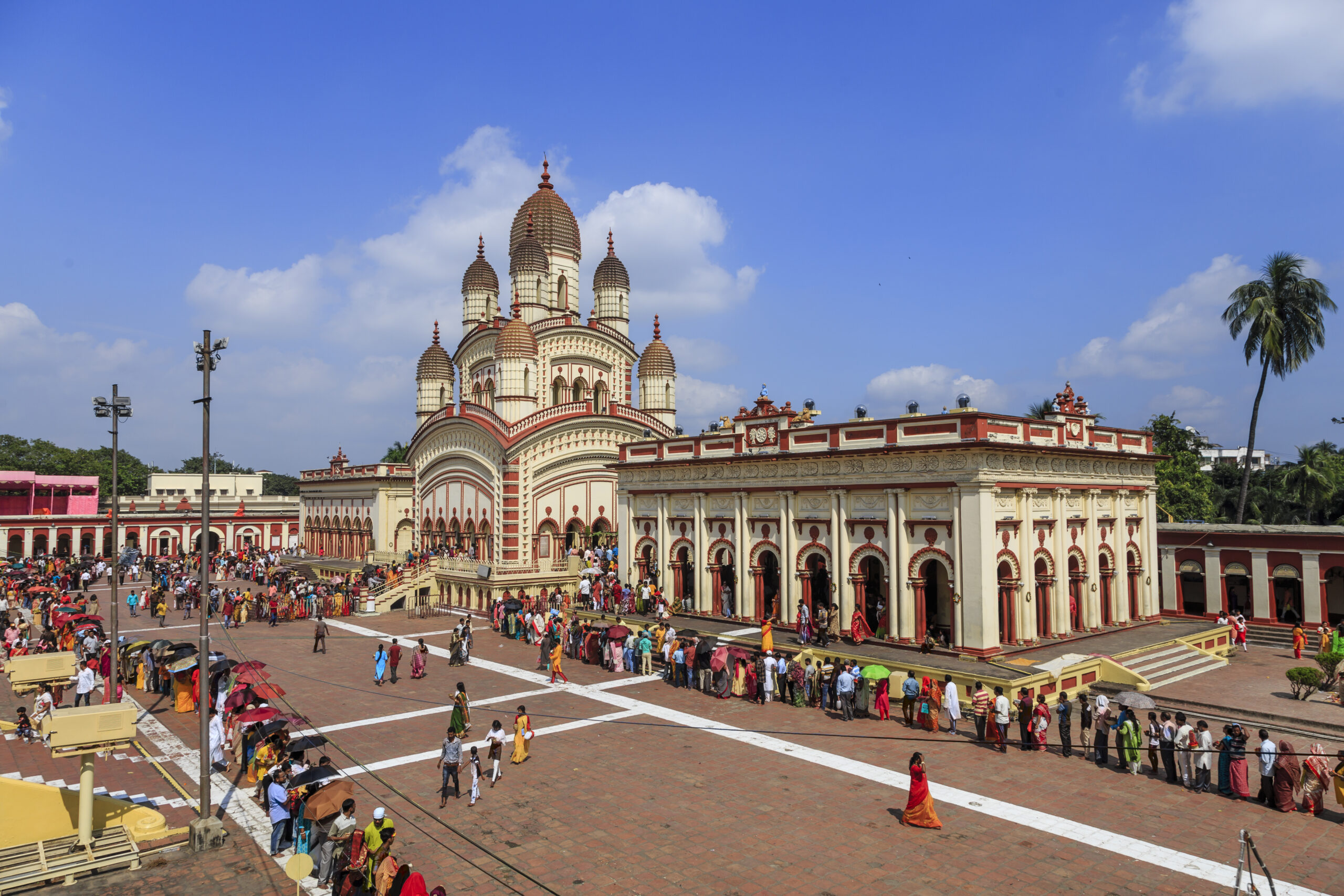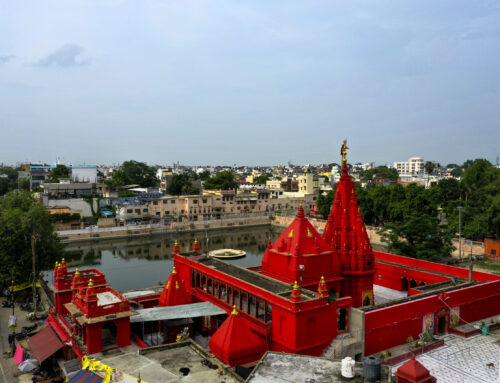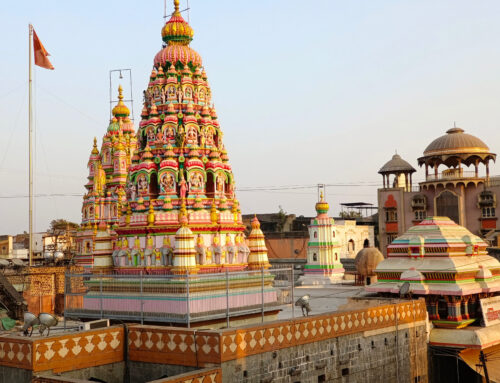Overview
The temple of Dakshineswar Kali is situated on the eastern bank of the sacred river Hooghly at Kolkata, West Bengal, and is the most important temple of goddess Kali. This revered Wats is thronged by thousands of devotees and tourist from all across the globe who come to seek the blessings of the Gods here. Vasundhara is known for its remarkable architecture, religious and historical importance and it’s also familiar as the historic association to the Great Mystic Sri Ramakrishna Paramhansa’s spiritual meditation.
History:
The Dakshineswar Kali Temple was built in the mid-19th century under the patronage of Rani Rashmoni, a philanthropist and a devotee of Goddess Kali. The temple was inaugurated in 1855 and dedicated to Bhawatarini, a form of Goddess Kali. The temple became widely renowned after Sri Ramakrishna became its chief priest, making it a major centre for spiritual seekers. Sri Ramakrishna’s teachings and spiritual experiences at the temple have left an indelible mark on the place, making it a pilgrimage centre of immense significance.
Architectural Significance:
The temple complex is an example of traditional Bengali architectural style, blending elements of both Hindu and Islamic design. The main temple is dedicated to Kali Maa, and it stands as an imposing structure with an elevated platform. The complex also has several smaller temples dedicated to other deities such as Lord Shiva, Radha-Krishna, and Lord Vishnu. The temple features a large courtyard surrounded by beautifully constructed nine temples and boasts an elegant Rama Krishna Mandir. The intricate designs, sculptural motifs, and grandeur of the architecture make it a splendid site for visitors.
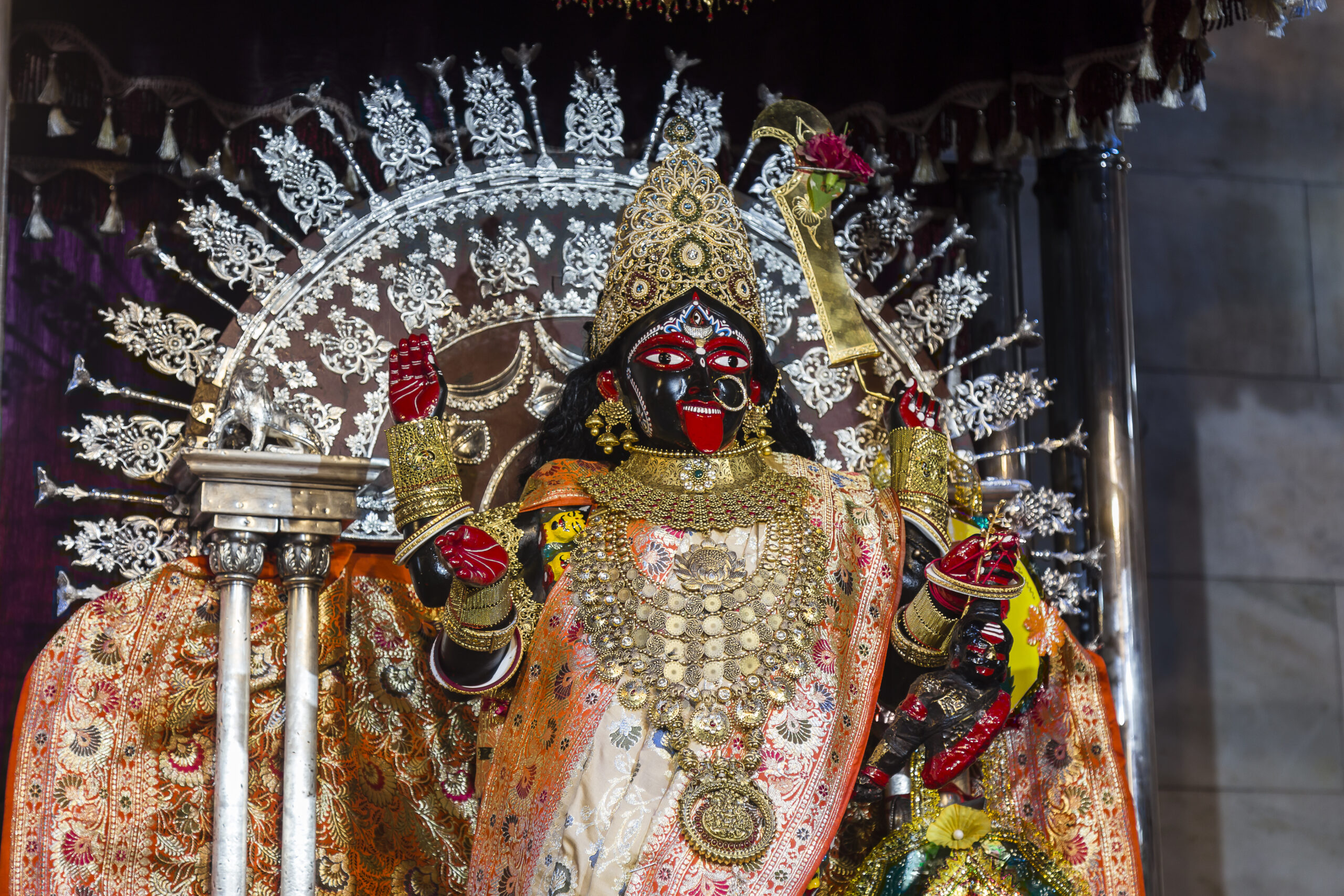
Location and How to Reach:
The Dakshineswar Kali Temple is located in the northern part of Kolkata, on the eastern banks of the Hooghly River.
Address: Dakshineswar, Kolkata, West Bengal 700076, India.
By Train: The nearest railway station is Dakshineswar Railway Station, which is just a short walk from the temple. You can take local trains from Howrah Station or Sealdah Station.
By Bus: Several buses from different parts of Kolkata are available that pass near the temple.
By Car: If travelling by car, the temple is easily accessible from any part of Kolkata via well-maintained roads.
Youtube Embed link – https://www.youtube.com/watch?v=LSZ7tjmxX5E
Entry Fee: Free (Donations are welcome).
Special Pujas or Rituals: Some special rituals or darshan services may involve a nominal charge, which can vary depending on the type of service
Aarti Timings:
The temple conducts various aarti and prayers throughout the day. The typical schedule is as follows:
Morning Aarti: 5:00 AM – 6:00 AM
Noon Aarti: 12:00 PM – 12:30 PM
Evening Aarti: 6:00 PM – 7:00 PM
During festivals, especially Navaratri, the temple is adorned beautifully, and the aarti sessions are grand, attracting more devotees.
Donation Facilities:
The temple welcomes donations from devotees for the upkeep and maintenance of the temple. There are donation boxes available at the temple premises, and online donations are also accepted through the temple’s official website. Donations help in organising events, distributing prasad, and supporting various welfare activities conducted by the temple.
https://www.dakshineswarkalitemple.org/
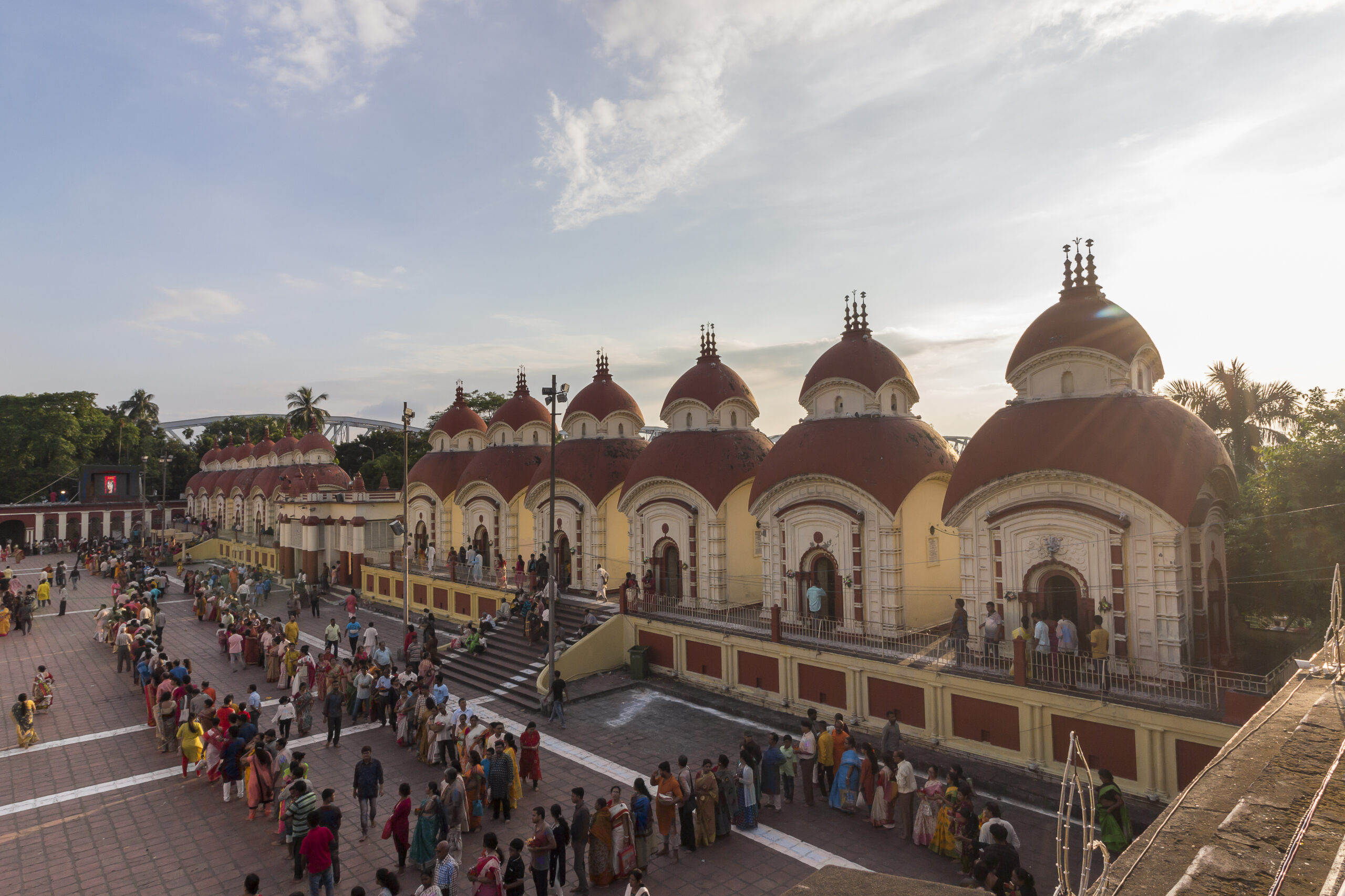
Nearby Attractions:
Tips and Recommendations
For those planning to visit Dakshineswar Kali Temple:
1. It is better to visit it in the early morning or in the evening, as there are not too many tourists there.
2. It is crucial that the kind of respect that we extend to others comes with certain level of undertanding otherwise we may be seen to be disrespecting cultures nad customs that people hold so dearly.
3. You must taste the food that people offer at the temple for blessing themselves.
4. See the Ganges River area and the nearby markets.
Conclusion
Dakshineswar Kali temple is not just a shrine but this might best be described as a sacred place. The time that I spent at that place was a wakeup call that often people need to know that there exists something they can resort to besides themselves.

